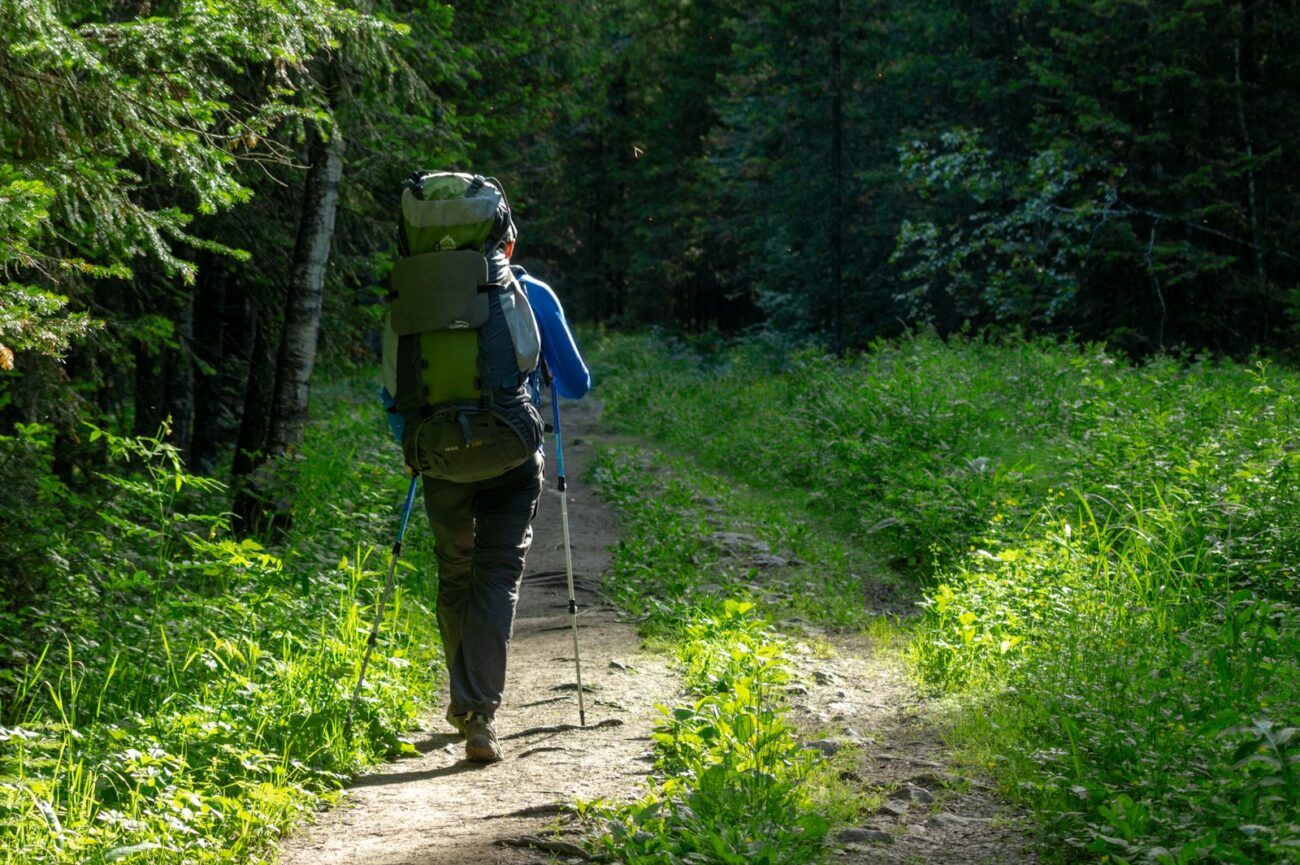Hiking is more than just walking in nature—it’s an immersive experience that connects us with the outdoors, challenges our bodies, and refreshes our minds. However, the difference between an enjoyable trek and an exhausting ordeal often comes down to the small details. Seasoned hikers know that efficiency on the trail isn’t about cutting corners—it’s about smart preparation and technique that conserves energy and enhances the overall experience. Whether you’re planning a day hike or a multi-day backpacking adventure, implementing these seemingly minor adjustments to your trail routine can yield significant benefits. The following time-saving tips represent the collective wisdom of experienced hikers who have learned, sometimes the hard way, how to make every step count.
Strategic Packing: The Foundation of Efficiency
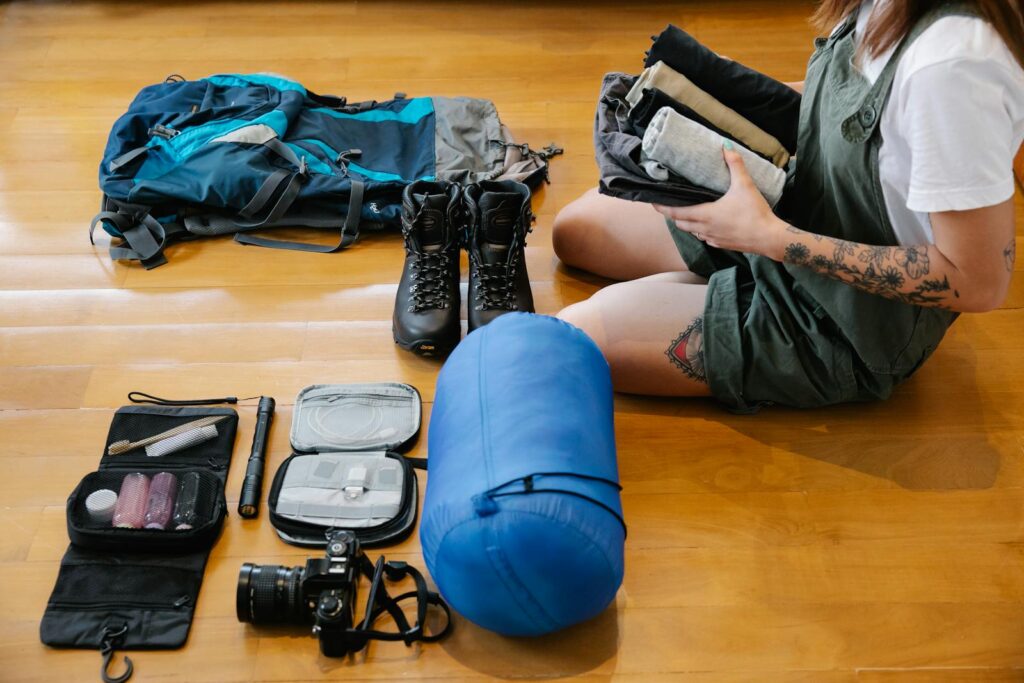
How you pack your backpack can make or break your hiking experience. Organize items by frequency of use, keeping snacks, water, maps, and rain gear easily accessible in outer pockets or at the top of your pack. Use compression sacks for clothing and sleeping bags to minimize bulk and create more usable space. Color-coded stuff sacks can help you quickly identify contents without unpacking everything. Consider using a pack liner (like a trash compactor bag) instead of individual rain covers for items—it’s lighter, cheaper, and often more effective at keeping gear dry when unexpected weather hits.
The Five-Minute Rule for Breaks

Experienced hikers follow the “five-minute rule” to maintain momentum without fatigue. Instead of taking fewer, longer breaks, schedule more frequent five-minute rests throughout your hike. These shorter pauses prevent your muscles from cooling down completely, making it easier to start moving again without the stiffness that often follows longer breaks. During these brief stops, keep your pack on unless absolutely necessary—removing and redonning a heavy backpack consumes valuable energy and time. Use these moments efficiently: check your map, hydrate, have a quick snack, or adjust clothing layers without breaking your rhythm.
Master the Art of Trail Snacking
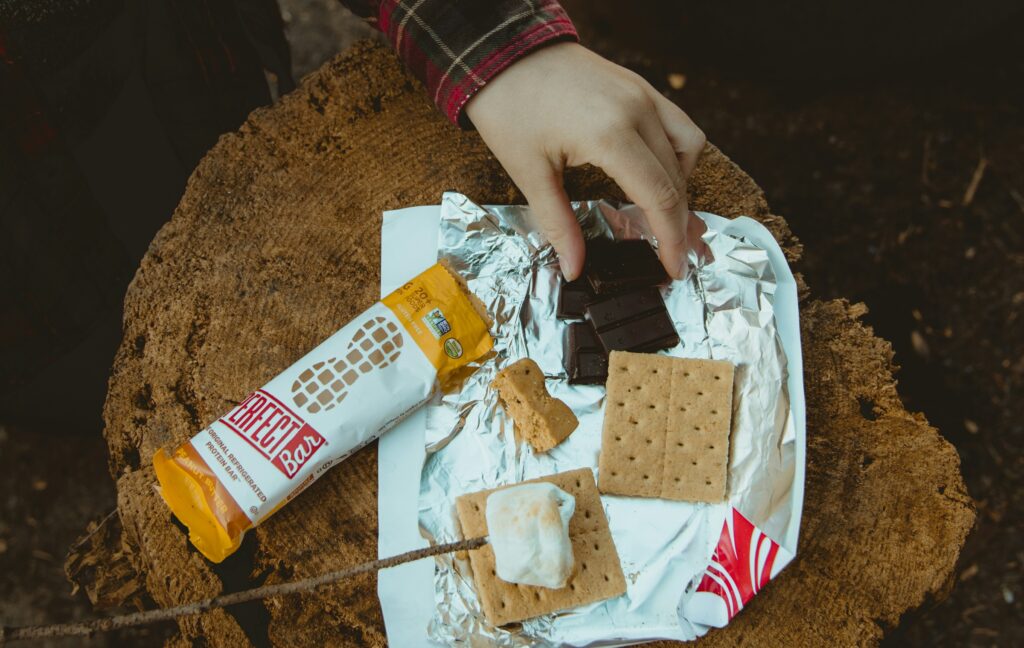
Proper nutrition on the trail can dramatically increase your endurance and save time spent recovering from energy crashes. Prepare food that requires no cooking or minimal preparation for daytime consumption—pre-cut cheese, jerky, nuts, and dried fruits provide sustained energy without requiring you to stop and set up cooking equipment. For multi-day hikes, repackage commercial freeze-dried meals into ziplock bags before your trip, eliminating bulky packaging that takes up space in your bear canister or food sack. Keep a small stash of quick-energy foods in an accessible pocket for consumption while walking to maintain steady energy levels throughout the day.
Streamline Your Water System
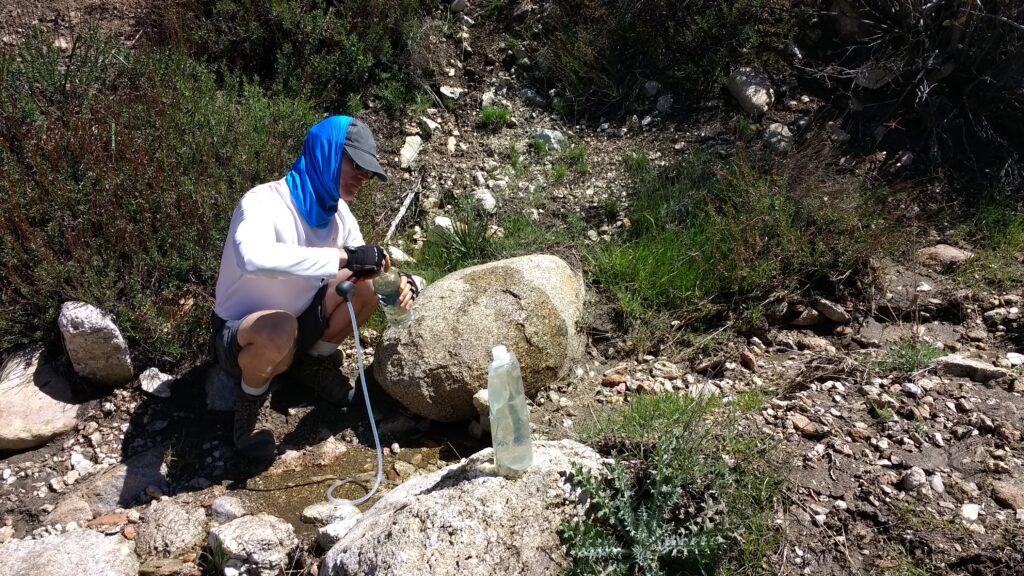
Water management represents one of the heaviest and most time-consuming aspects of hiking. Instead of carrying all your water, research water sources along your route and carry only what you need to reach the next reliable source. Consider using a straw-style filter for quick drinks from streams without stopping to fill bottles, or quick-connecting adapters that let you filter directly into your hydration reservoir without removing it from your pack. Mark water sources on your map or GPS device before starting, and when you reach camp, immediately filter all the water you’ll need for the evening and morning rather than making multiple trips.
The Night-Before Routine
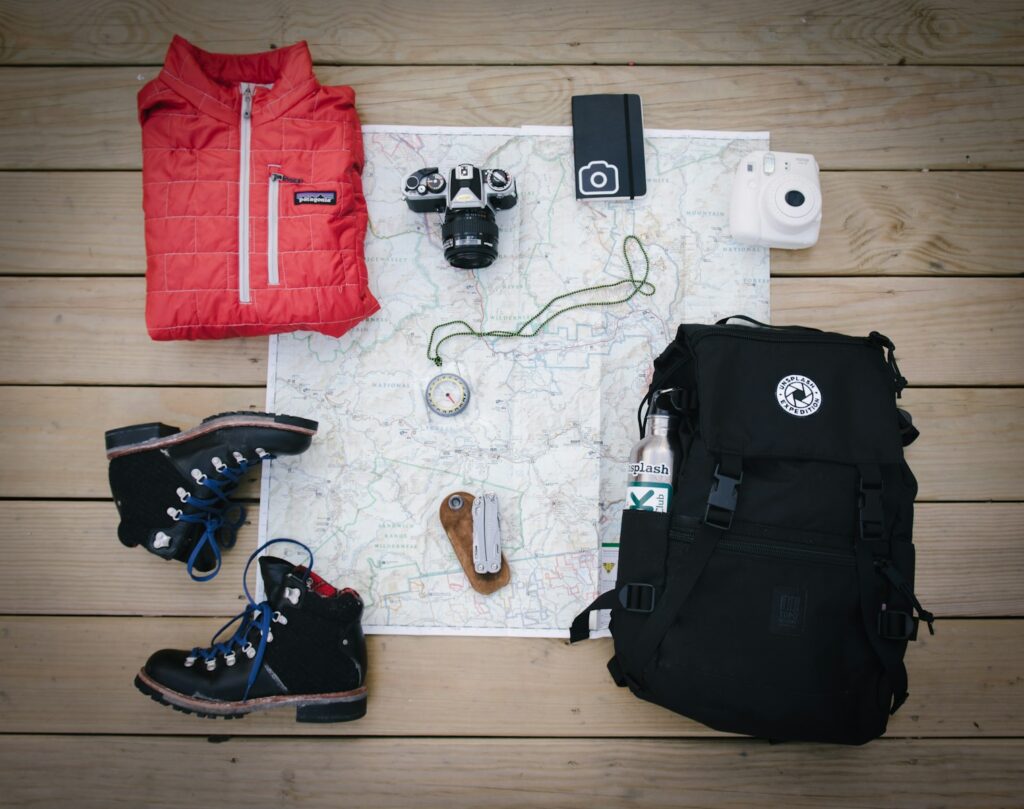
The most effective time-saving happens before you even hit the trail. Establish a pre-hike evening routine that includes checking weather forecasts, preparing appropriate clothing layers, and setting out all gear for easy packing. Pre-portion breakfast and trail snacks so morning preparation is minimal. Fill water bottles and place them in the refrigerator overnight. Set multiple alarms to ensure an on-time departure without rushing, which often leads to forgotten items. For early morning starts, sleep in the clothes you plan to hike in (minus outer layers) to eliminate one more morning task.
Footwear Efficiency Tactics
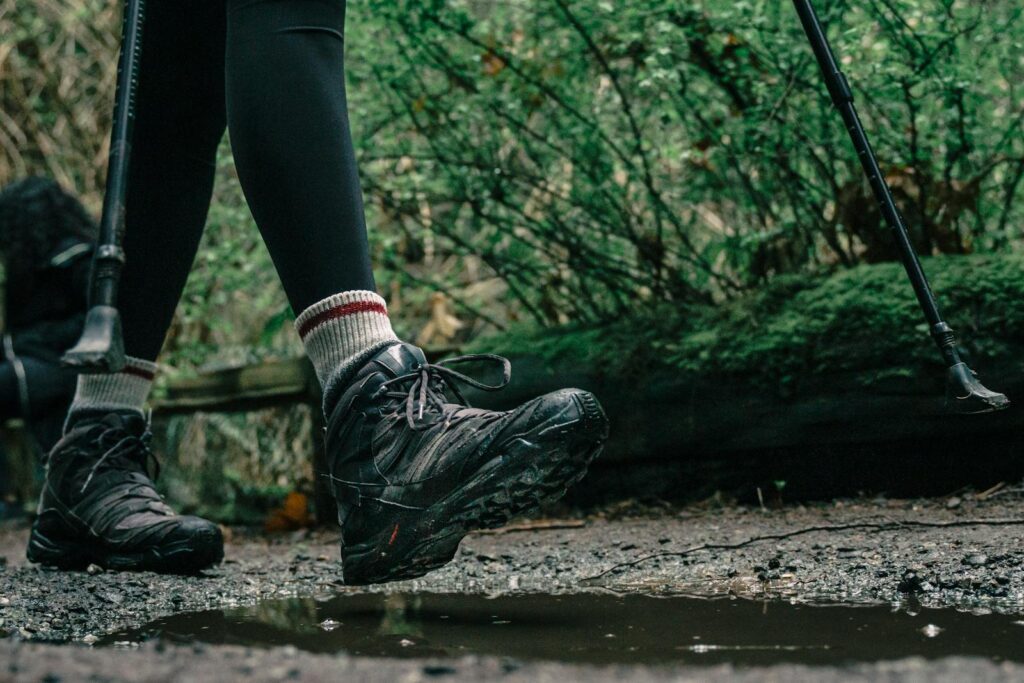
Your feet are your primary mode of transportation, making footwear management crucial for maintaining pace. Invest in quality hiking socks with moisture-wicking properties and consider using liner socks to prevent blisters that can slow you down. At the first sign of a hot spot, stop immediately and apply moleskin or athletic tape—addressing potential blisters early prevents longer stops later. For multi-day hikes, bring lightweight camp shoes to change into at day’s end, allowing hiking boots to dry and giving feet a chance to recover. Learn different lacing techniques to address specific foot discomfort without needing to change footwear entirely.
The One-Touch Rule
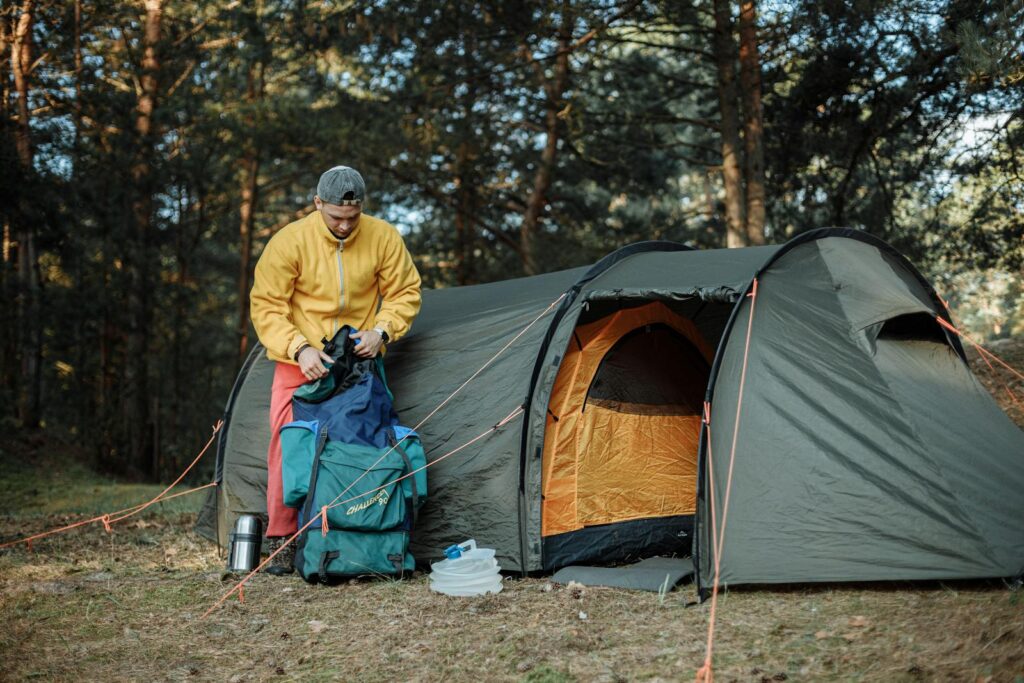
Implement the “one-touch rule” for gear management to eliminate wasted movements. This principle means handling each item only once during packing and unpacking processes. When breaking camp, pack each item directly into its final location rather than creating piles that need to be repacked later. At rest stops, keep your pack organized so items return to their designated spots immediately after use. This discipline eliminates the frustration of searching for misplaced gear and prevents the common time-waster of repacking multiple times. The one-touch rule might seem overly strict at first but becomes second nature with practice.
Navigation Shortcuts That Don’t Cut Corners
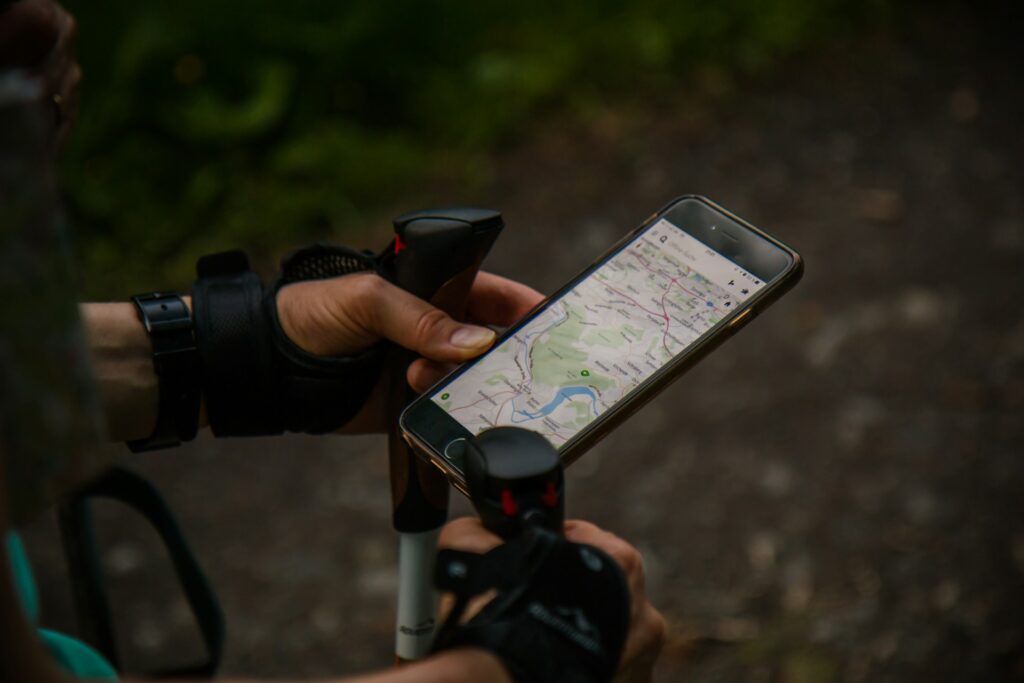
Efficient navigation prevents time-consuming wrong turns and backtracking. Before your hike, study the map thoroughly and identify major landmarks, trail junctions, and potential decision points. Take photos of relevant map sections on your phone as backups to physical maps. At confusing trail junctions, follow the “triple check” protocol: check your map, check your compass or GPS, and visually confirm the trail matches your expected route. Learn to read terrain features and use natural navigation cues like sun position to maintain general direction awareness without constantly stopping to check navigation tools.
The Morning Camp Departure System

Mornings in camp often consume more time than necessary, delaying your start and potentially forcing a later finish. Develop a systematic breakdown routine that happens in the same order every day. Begin by deflating and packing your sleeping pad and bag while still in the tent, then dismantle the tent itself. Prepare breakfast using the minimal equipment necessary, cleaning and packing cooking gear immediately after use. Fill water bottles and reservoirs last to ensure the freshest supply. Assign specific tasks to each person if hiking in a group, creating parallel efficiency rather than sequential chores that delay everyone.
Clothing Layer Management
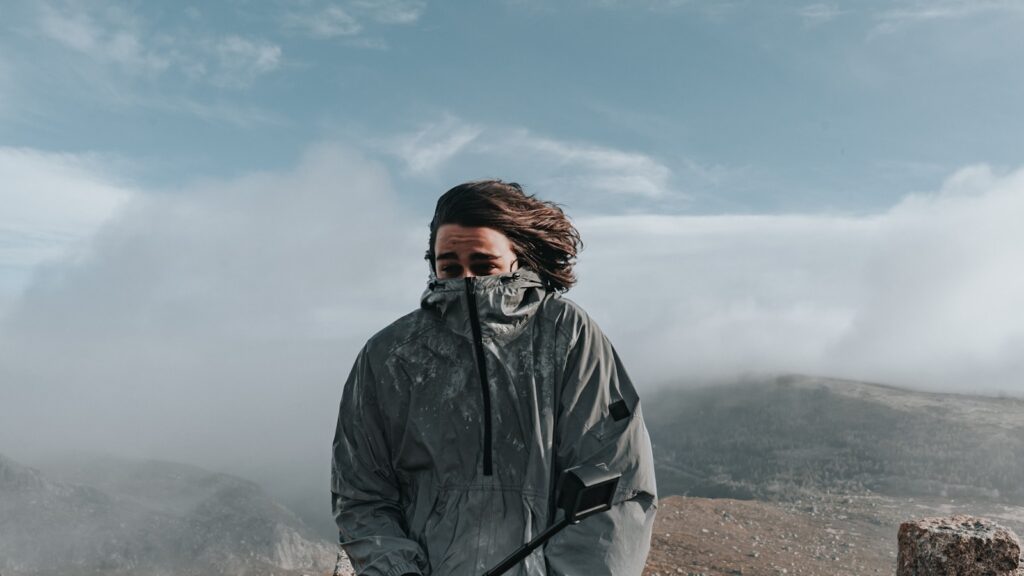
Temperature regulation through proper layering prevents time-consuming clothing changes throughout the day. Start hikes slightly cool, knowing your body will warm up after the first 10-15 minutes of movement. When removing layers, fold and pack them immediately rather than tying around your waist where they can catch on vegetation. For predictable weather patterns, proactively change layers before you need to—add a layer at the start of a descent when you’ll be generating less heat, or remove one before beginning a strenuous climb. Keep rain gear accessible but only deploy it when precipitation is sustained, as brief showers often pass before the effort of changing is worthwhile.
Technology Tools That Actually Save Time

While technology can sometimes be a distraction, certain digital tools genuinely improve hiking efficiency. Pre-download offline maps to eliminate connectivity concerns in remote areas. Use GPS tracking apps that provide real-time information about pace, elevation gain, and distance covered to make informed decisions about timing. Battery management becomes crucial—carry your phone in airplane mode and consider a small power bank for multi-day trips. Learn to use the camera function to document trail junctions, campsites, or points of interest rather than stopping to write notes, creating visual reference points you can quickly consult later.
Evening Efficiency for Multi-Day Hikes
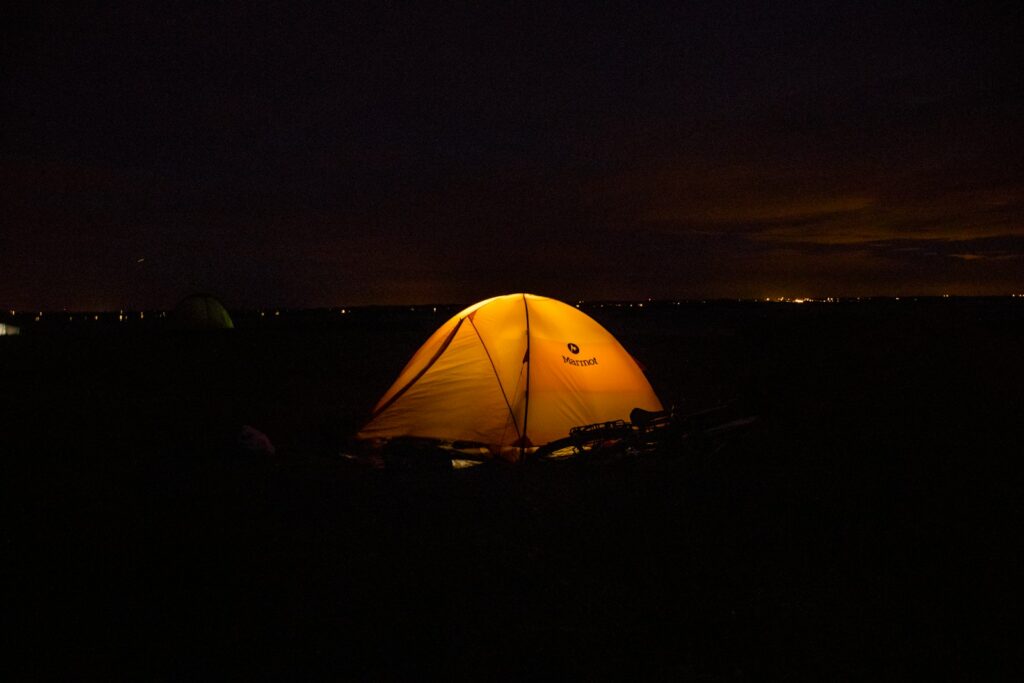
How you end your hiking day sets the stage for your next morning’s efficiency. Upon reaching camp, immediately set up your shelter before doing anything else, ensuring you have protected space if weather changes suddenly. While dinner cooks, perform camp chores like filtering water and organizing the next day’s snacks. Before darkness falls, place all essential items for the night (headlamp, water bottle, personal items) in the same accessible location in your tent. Take five minutes to review the next day’s route while the information is fresh, noting water sources, difficult sections, or decision points that will require attention.
The Thirty-Second Equipment Check
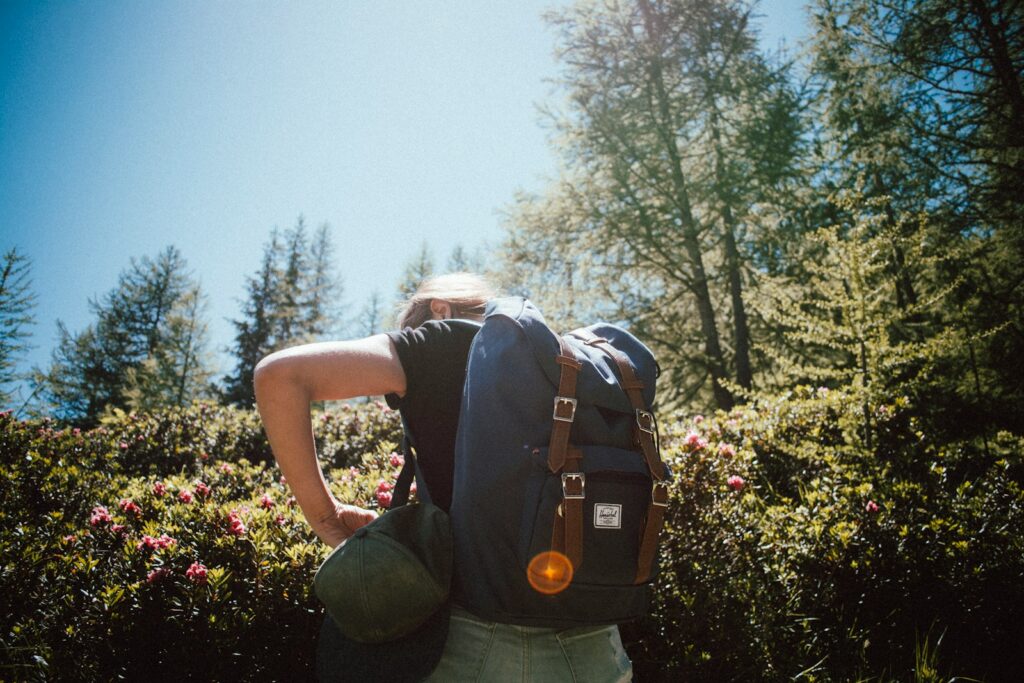
Develop the habit of conducting quick equipment assessments throughout your hike to prevent time-consuming gear failures. Every few hours, perform a thirty-second check of critical items—tighten loose pack straps, confirm water bottle caps are secure, verify trekking pole locks are tight, and check boot laces for potential untying. At water crossings or after pushing through dense vegetation, quickly inspect your pack to ensure nothing has been caught or dislodged. These micro-checks prevent the major delays caused by lost gear, damaged equipment, or the need to backtrack to find dropped items. The cumulative time spent on these brief inspections is minimal compared to the potential hours saved by avoiding equipment malfunctions.
Implementing these trail time-savers doesn’t mean rushing through your outdoor experience—quite the opposite. By eliminating inefficiencies and unnecessary tasks, you create more time to appreciate the natural beauty around you, take photographs at scenic vistas, or simply enjoy the rhythm of your footsteps on the trail. The most valuable currency in the wilderness isn’t money but time and energy, both finite resources that deserve careful management. As you incorporate these practices into your hiking routine, you’ll discover that the greatest luxury on the trail is the freedom to move confidently and comfortably through the landscape, savoring every moment of your adventure without unnecessary stress or struggle.

